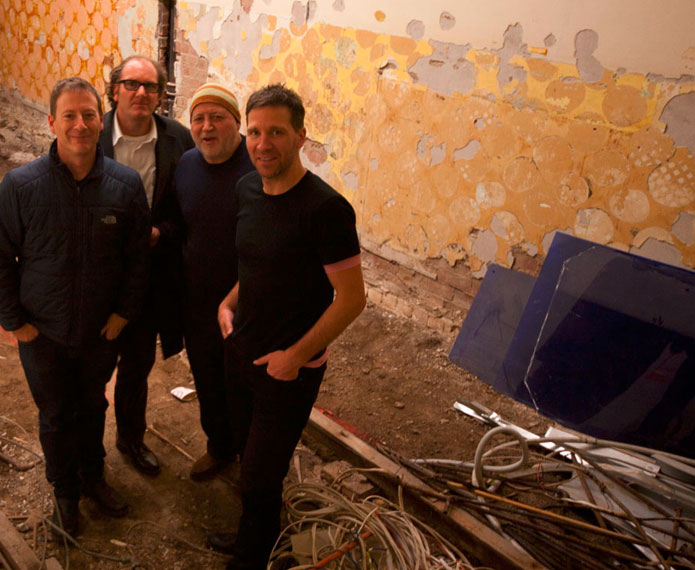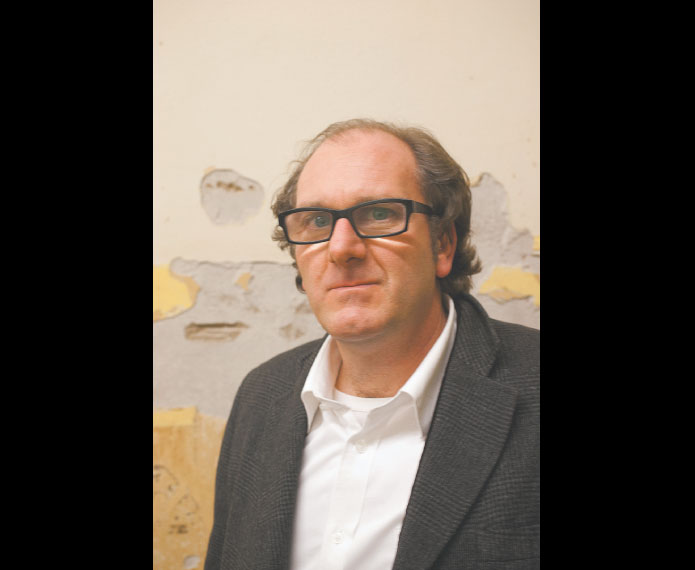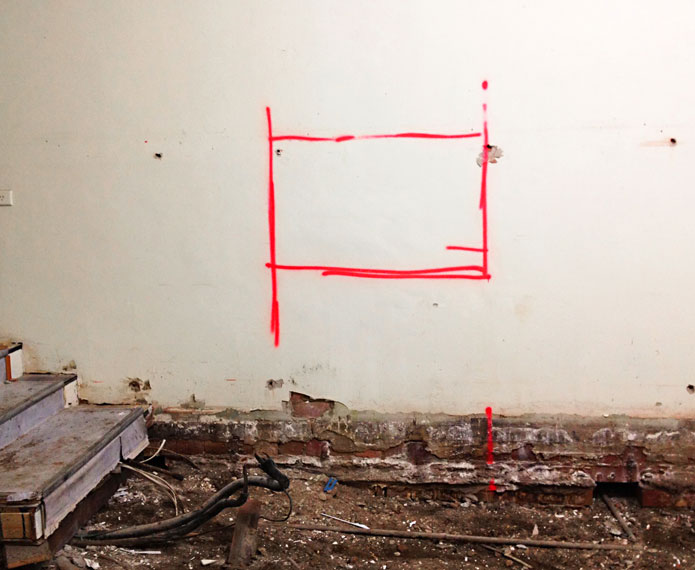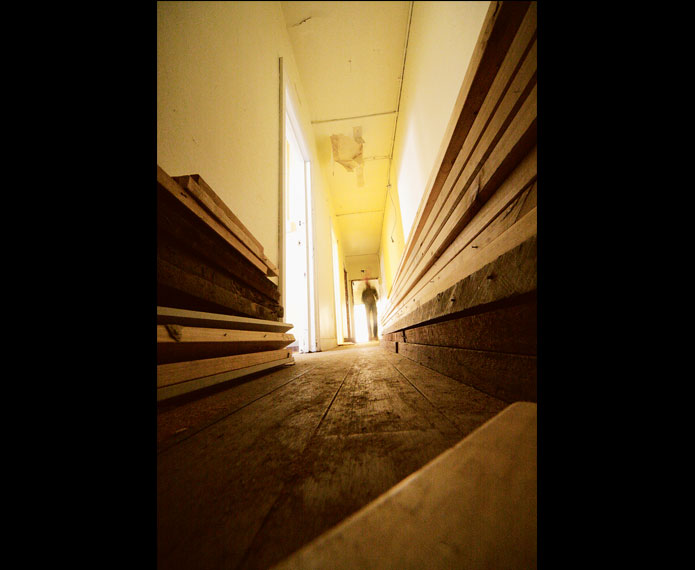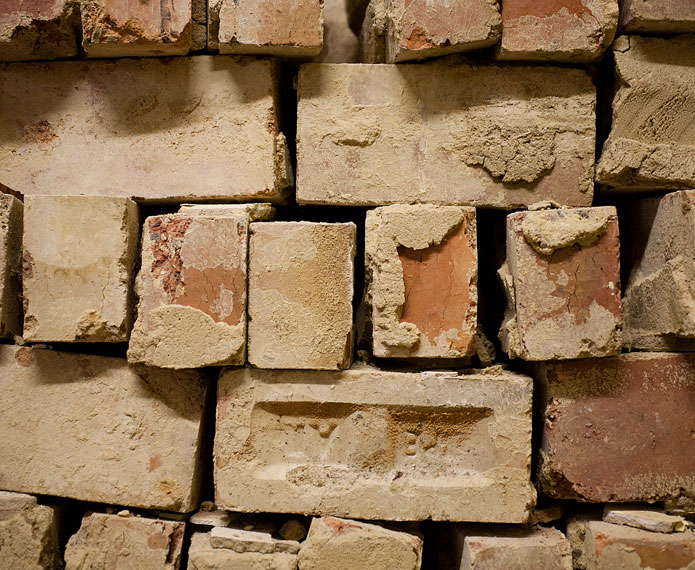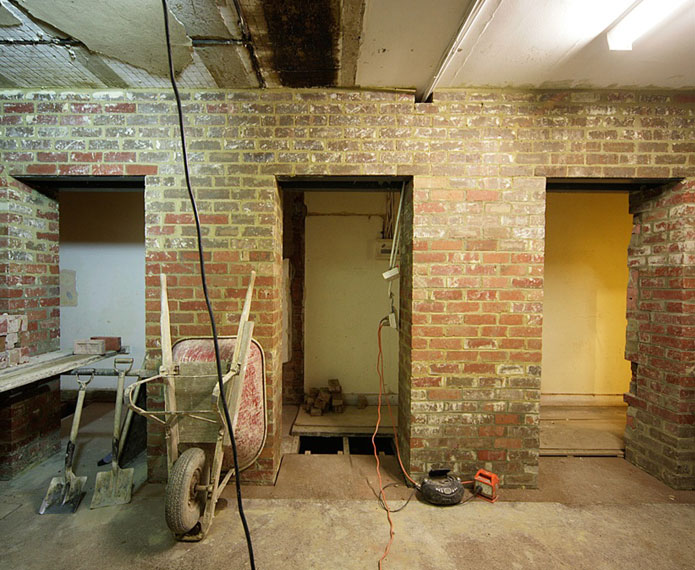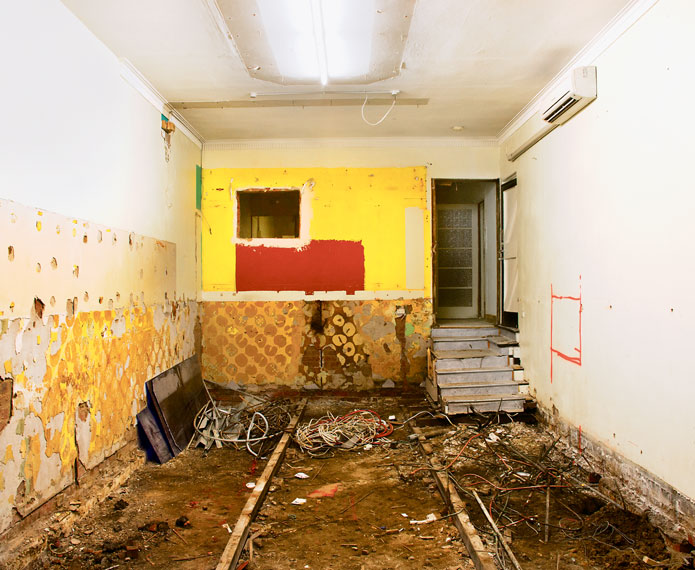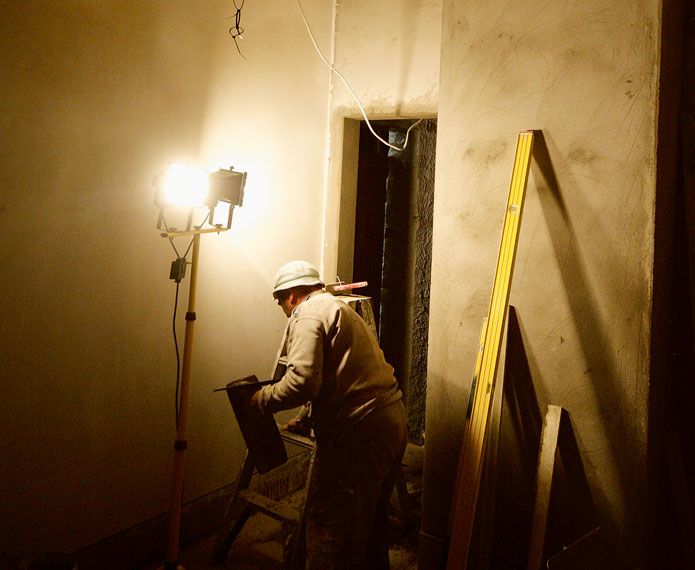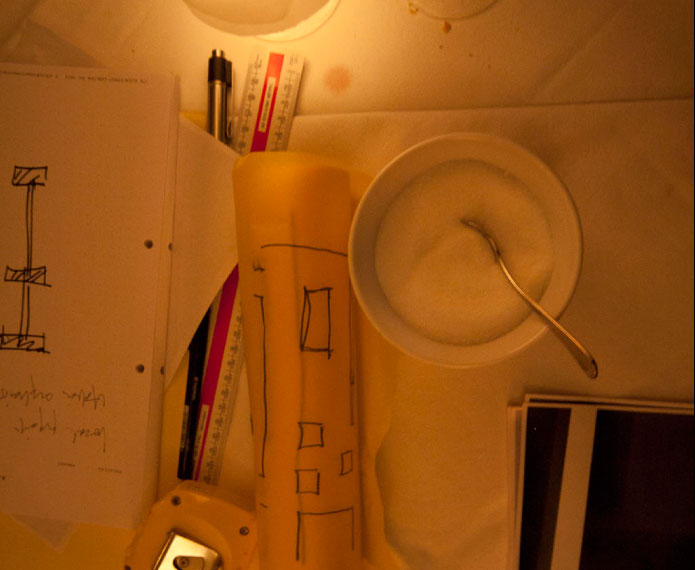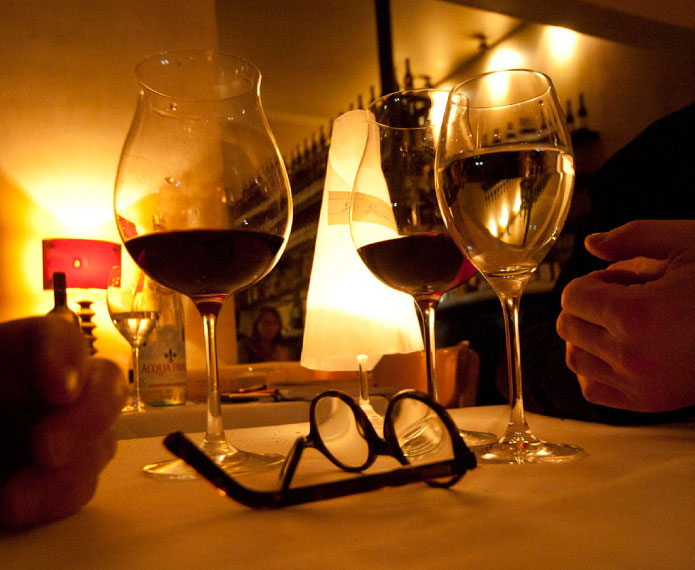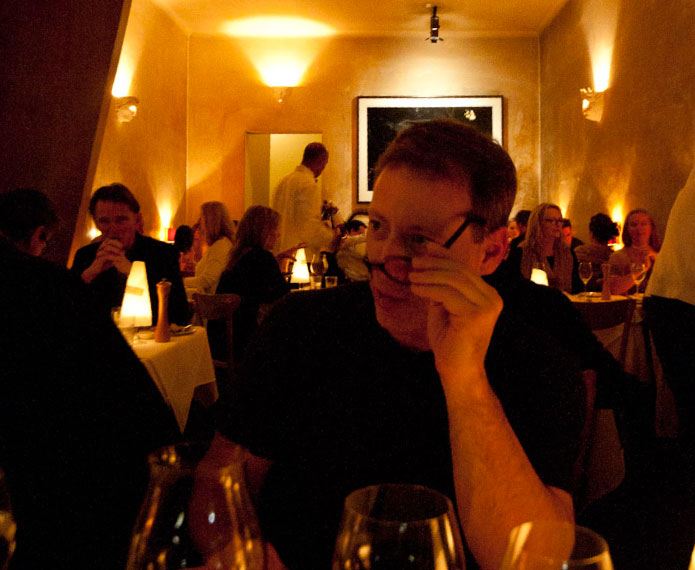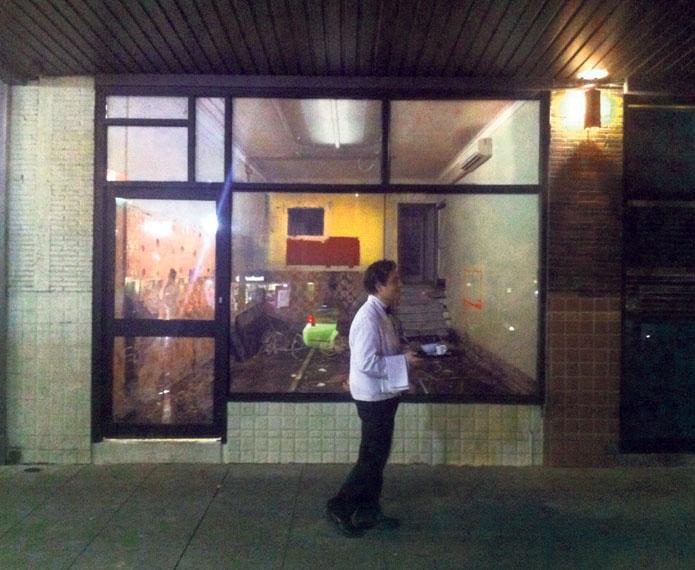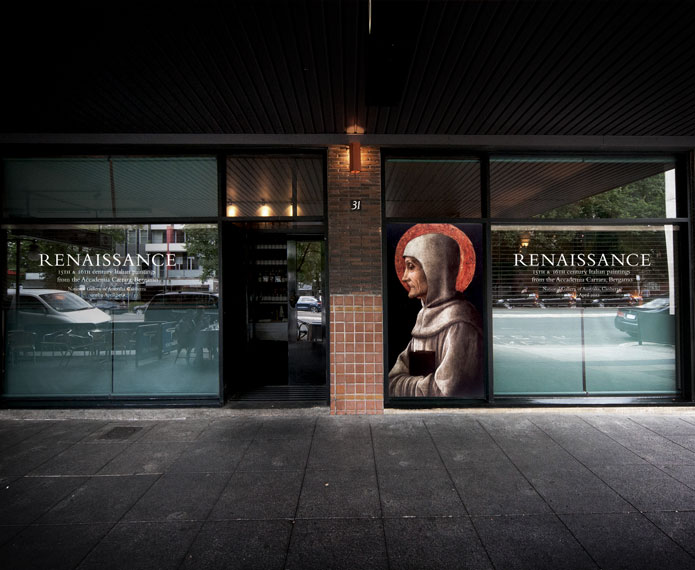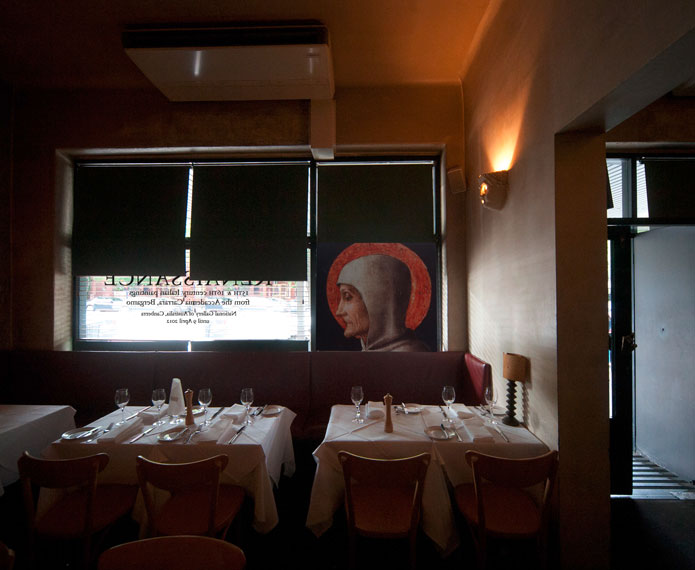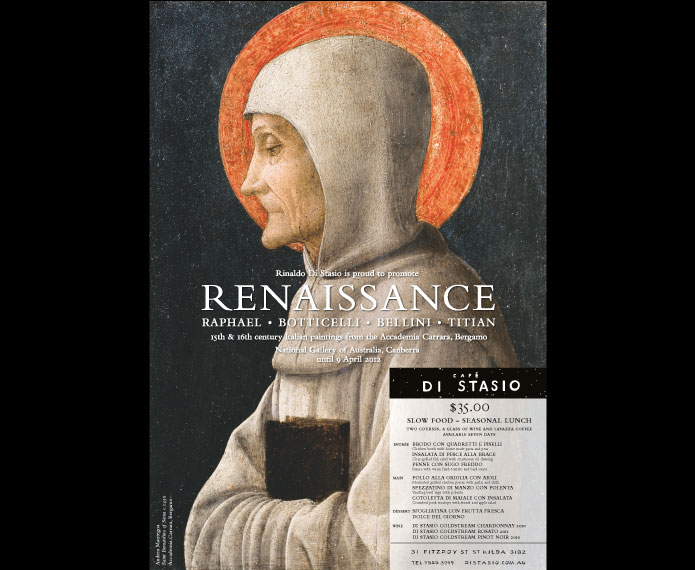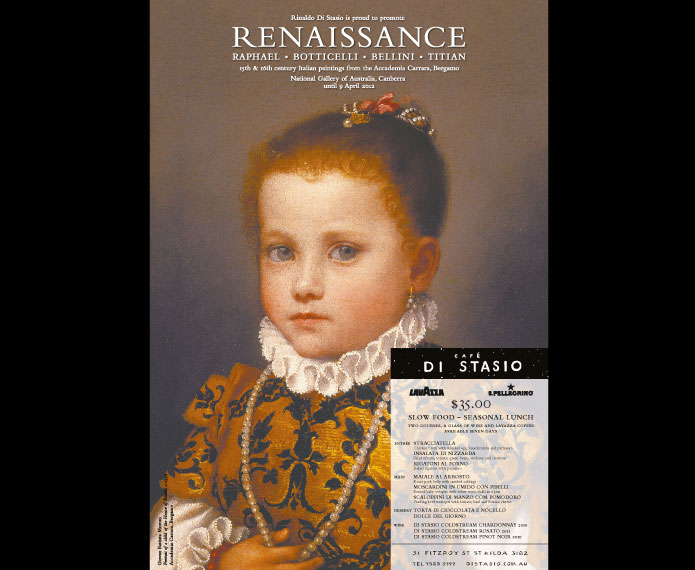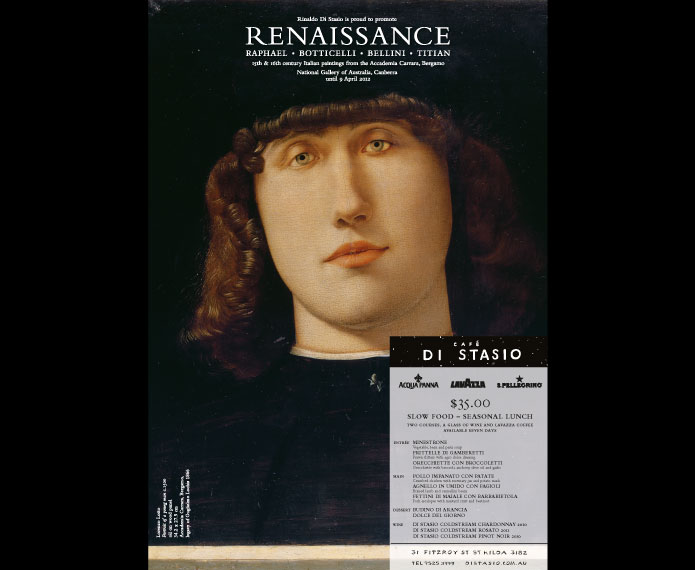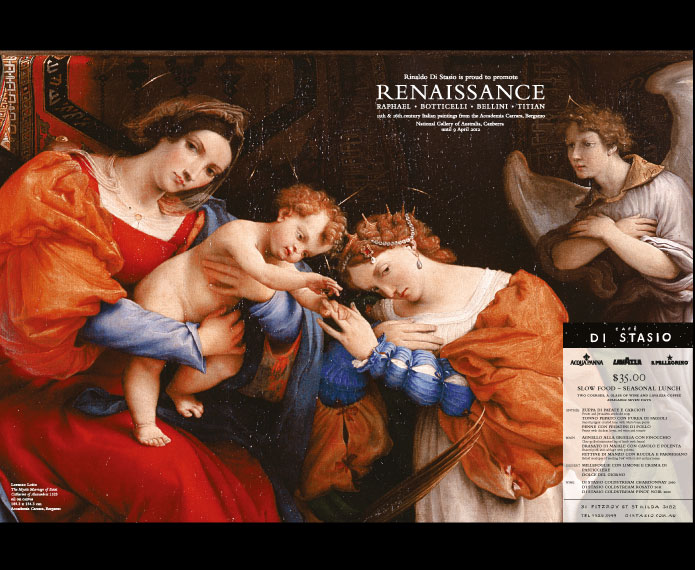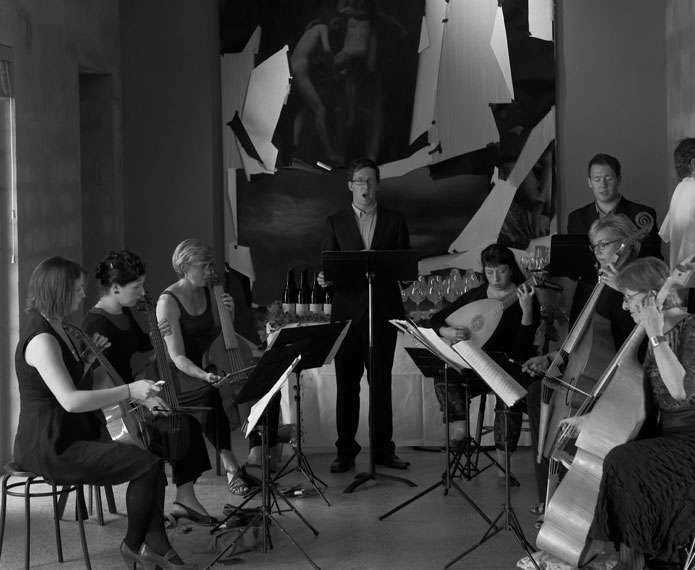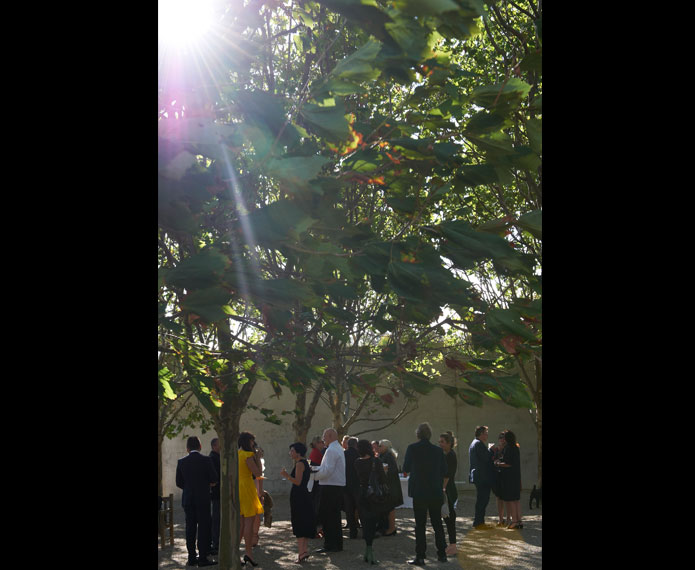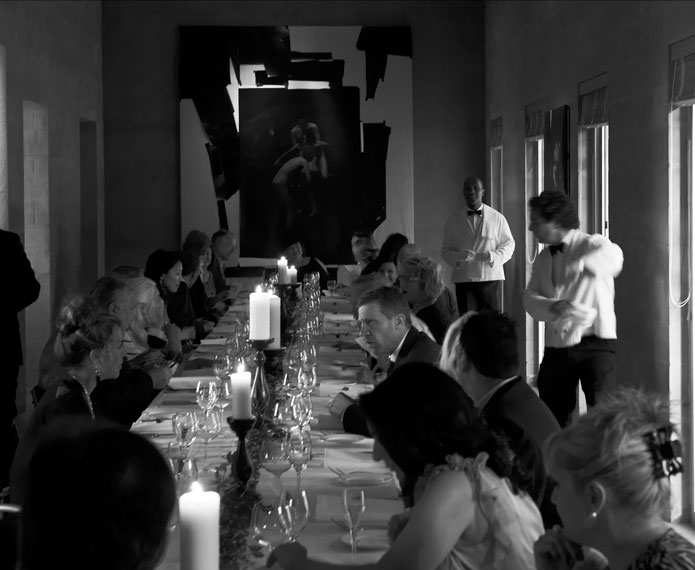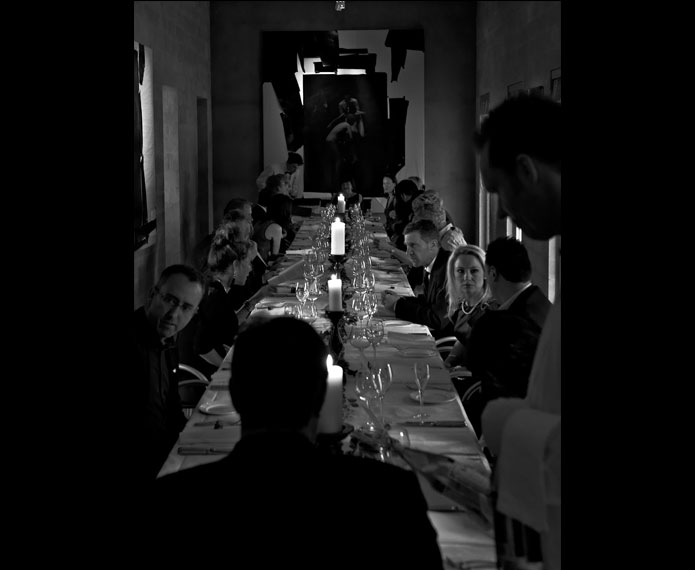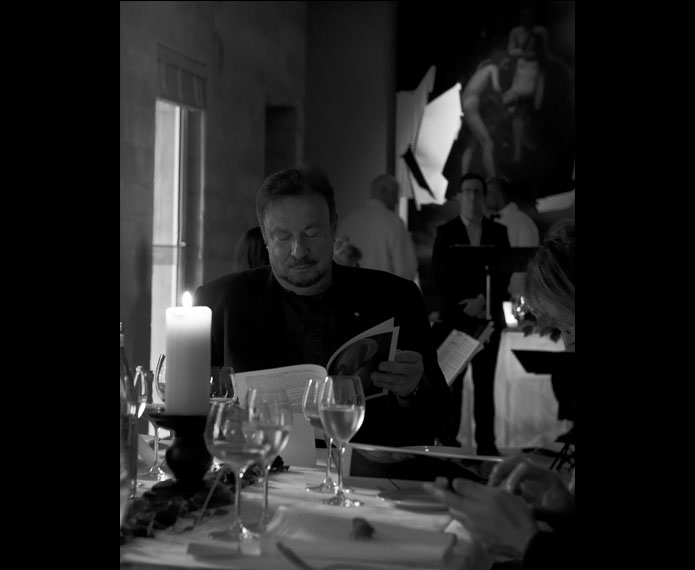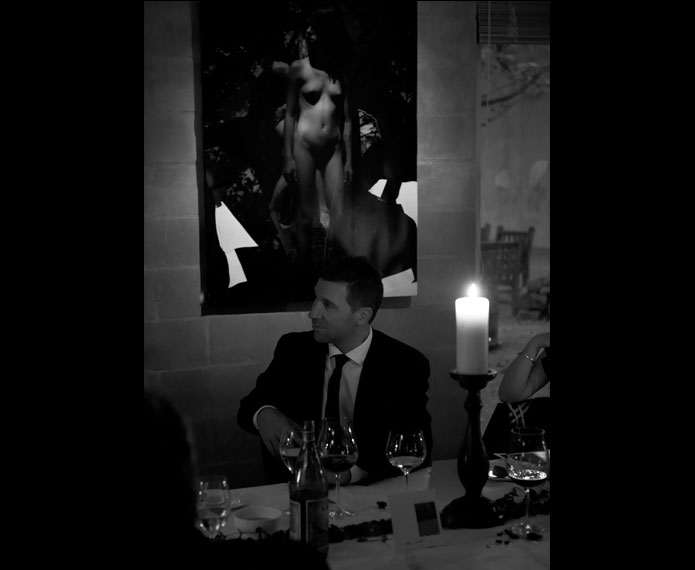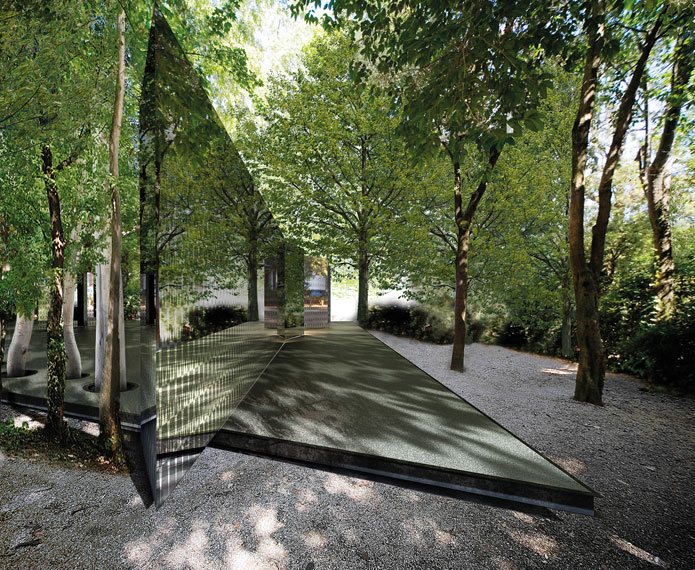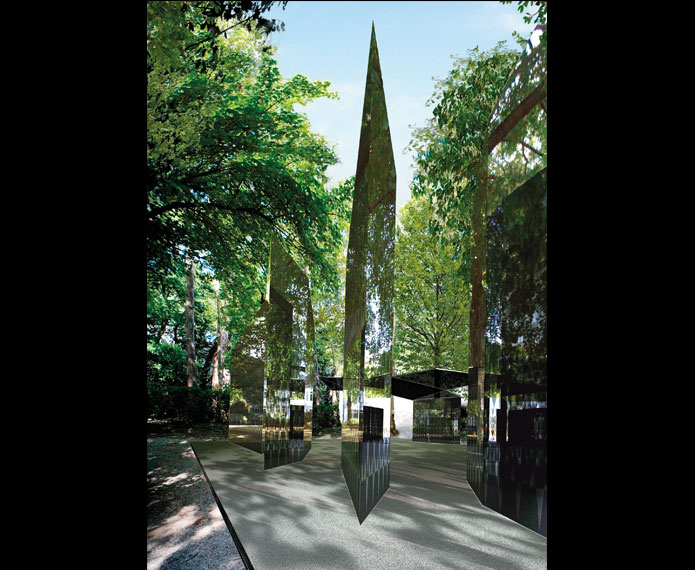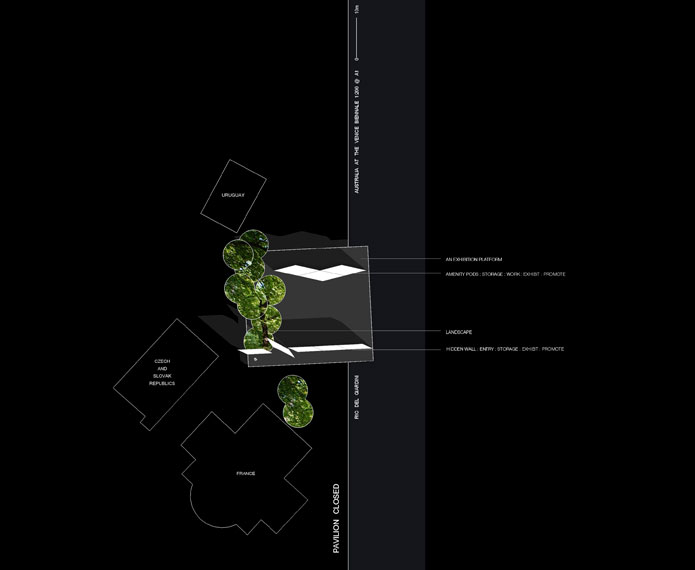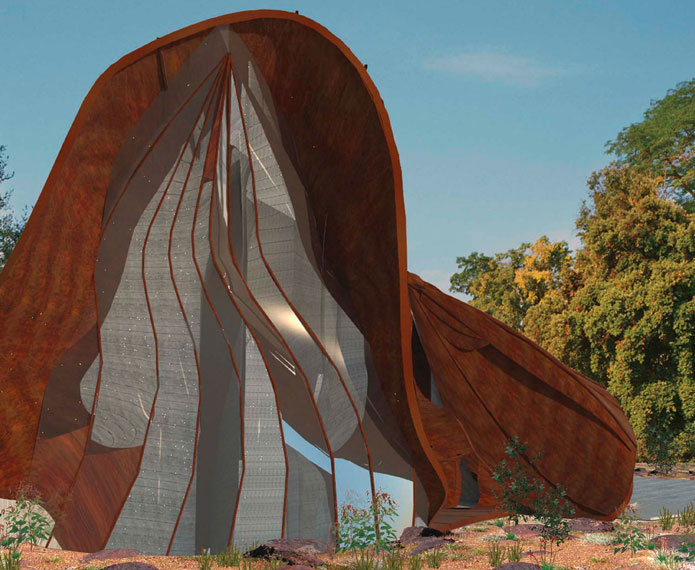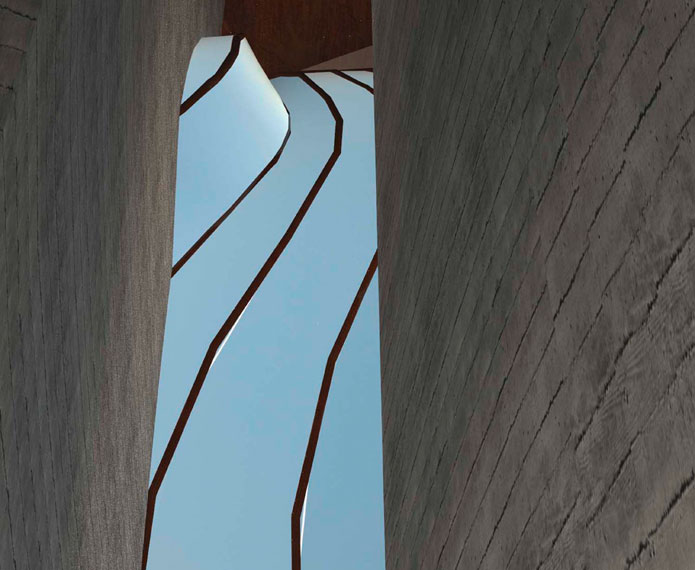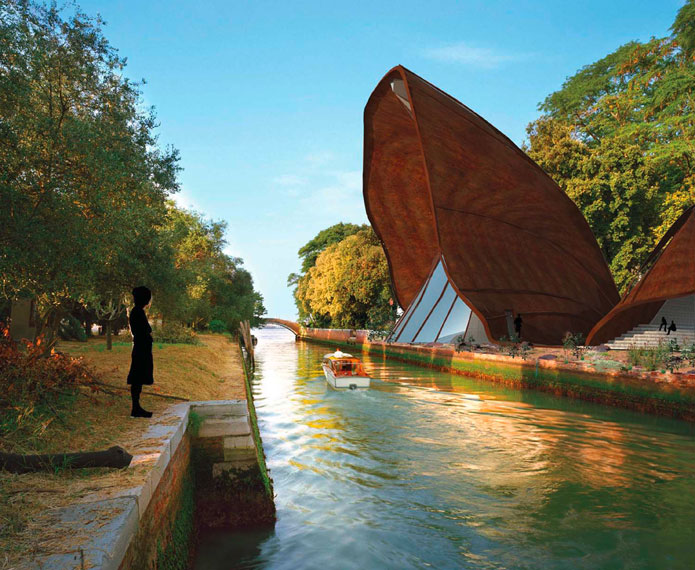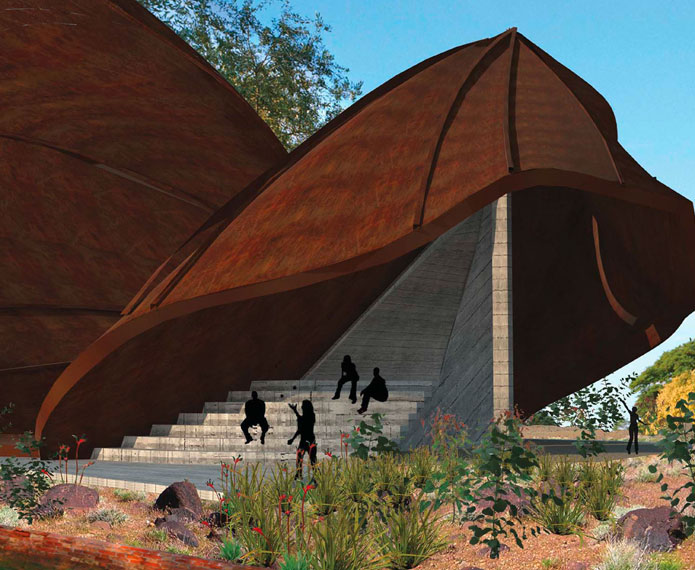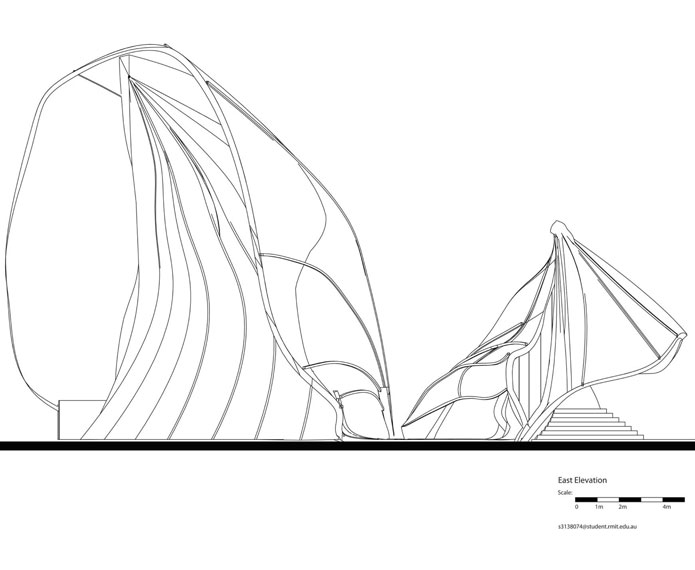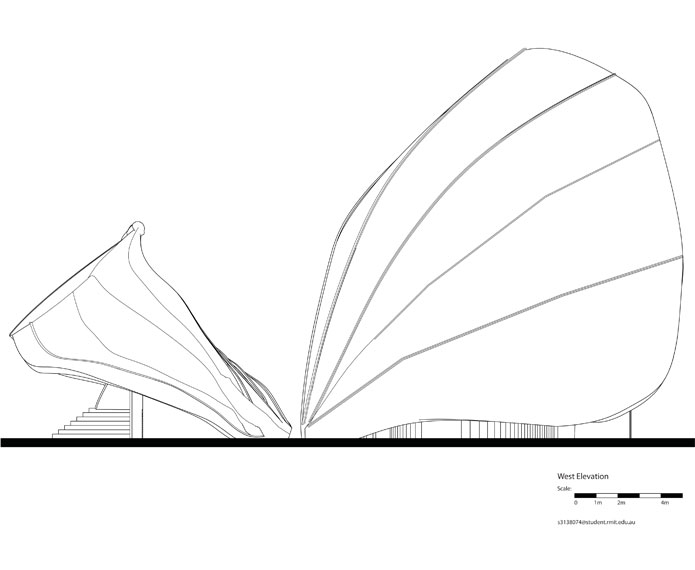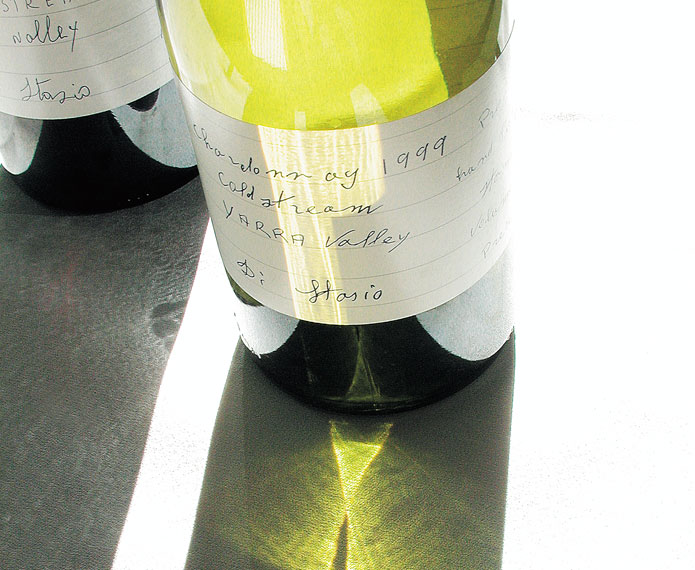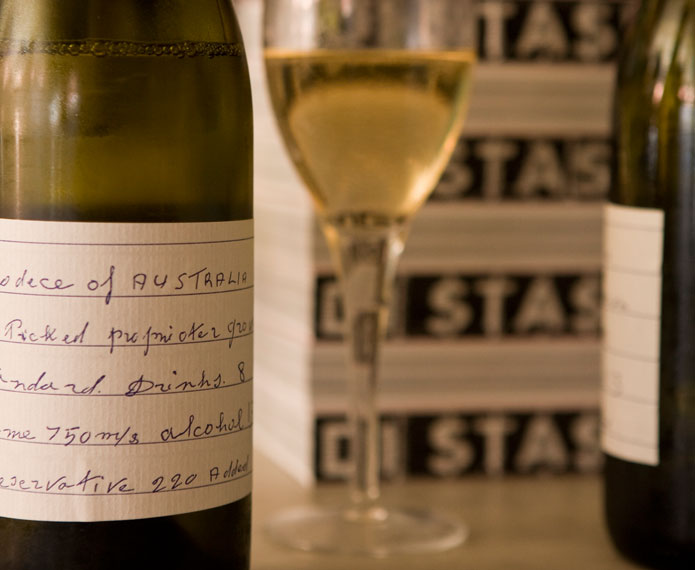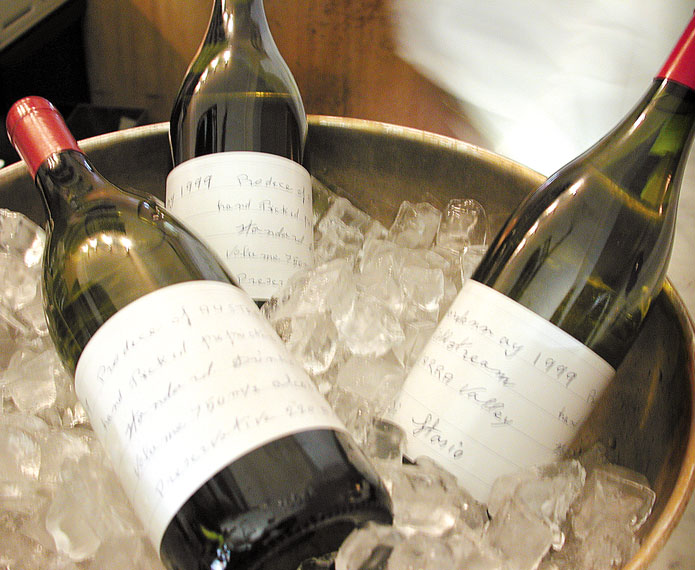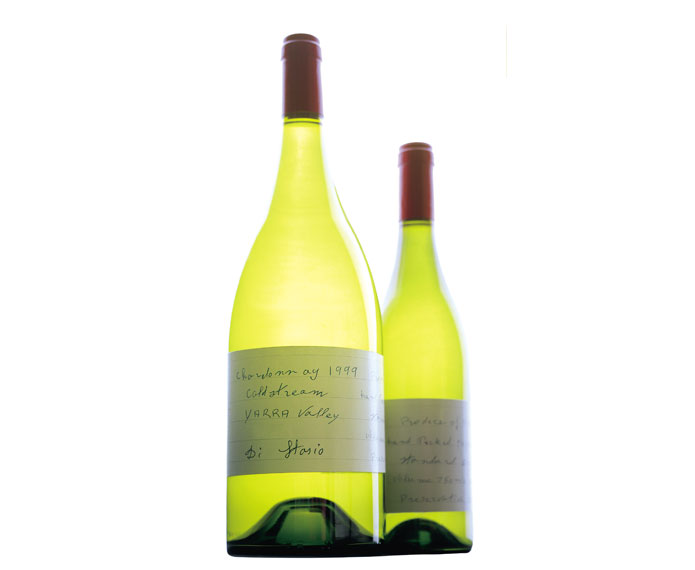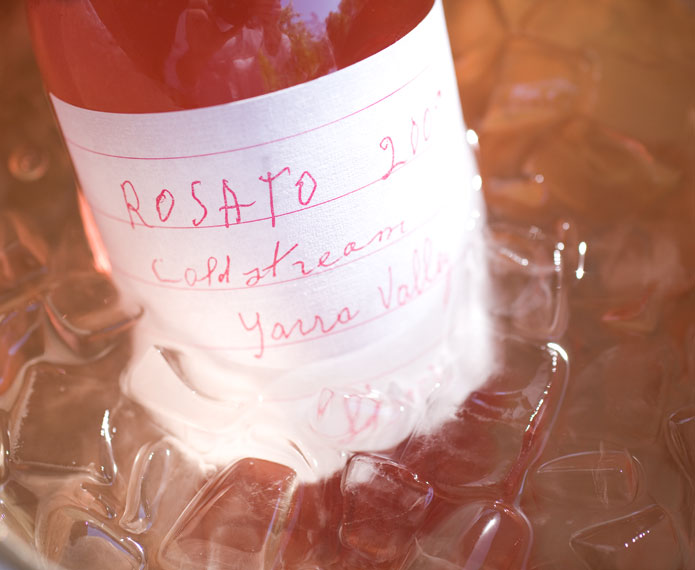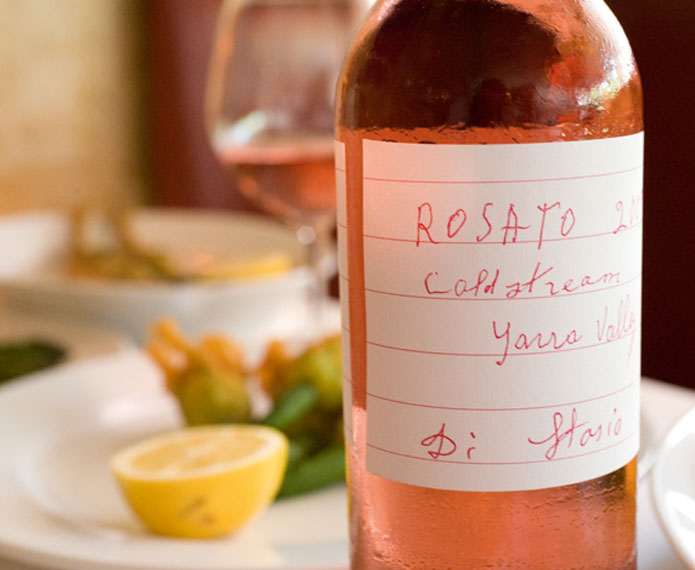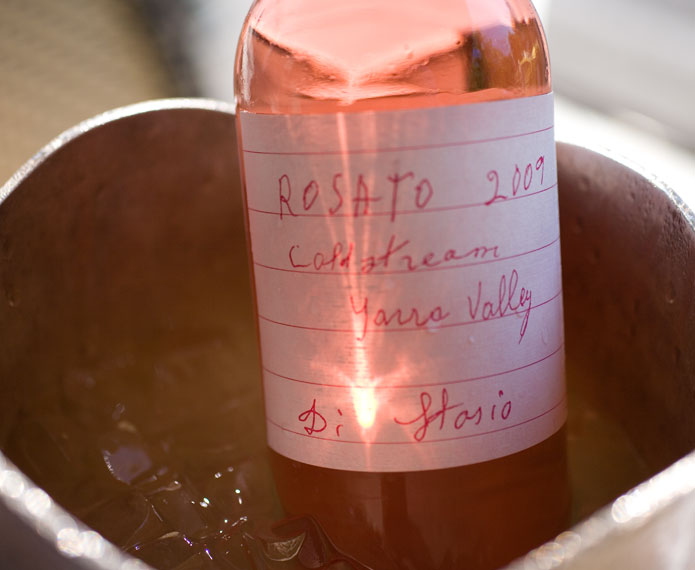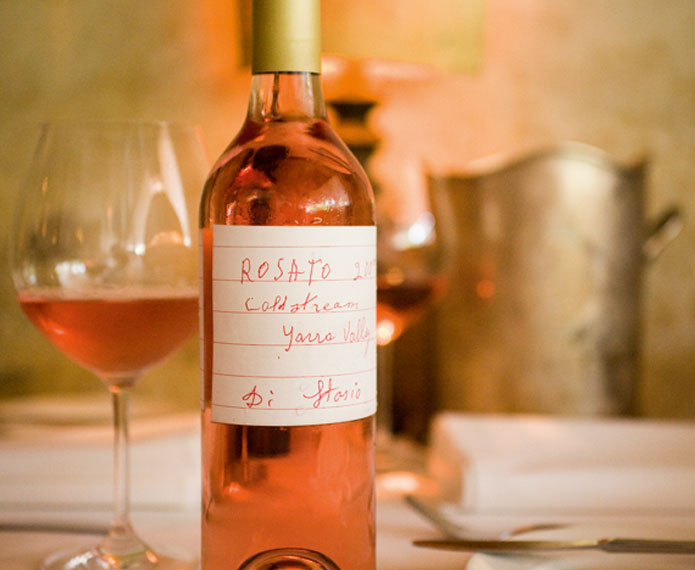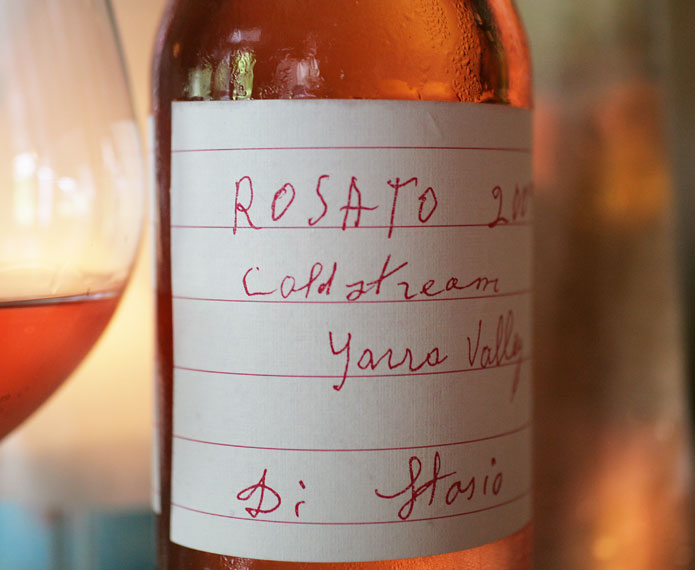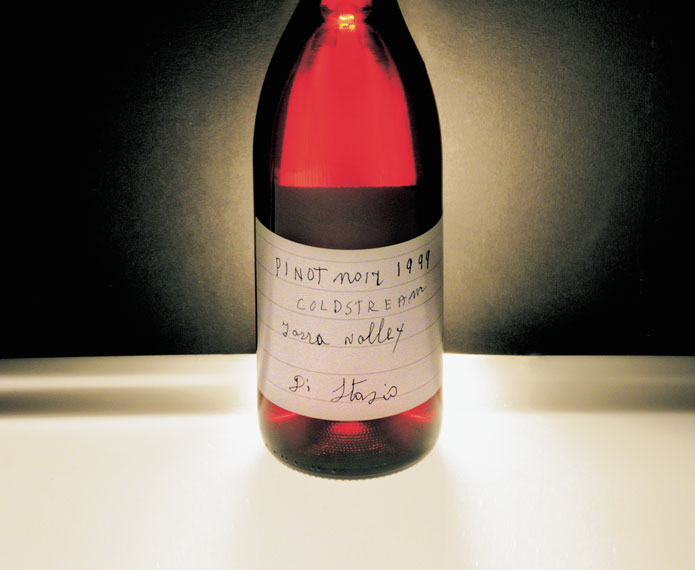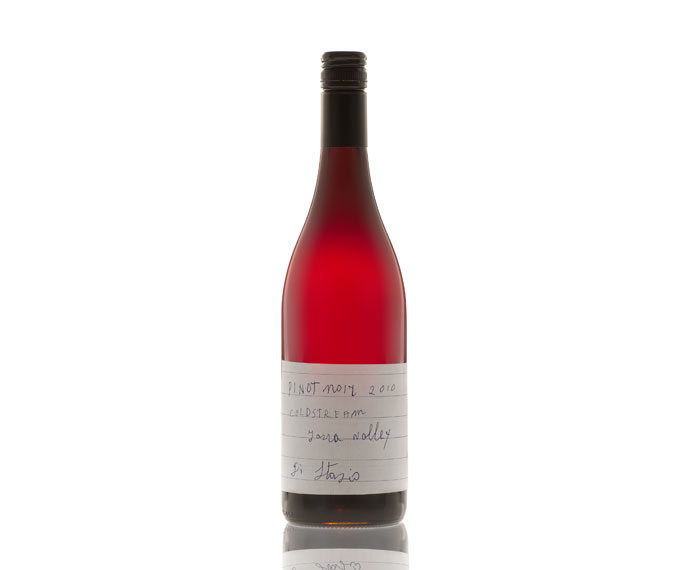Collegamento
by Brooke Turner
26.10.2012
Bar Di Stasio is Ronnie’s attempt to return to his earlier, racier St Kilda self, to be both Ronnie and Rinaldo, the Italian principe, the name he has come to prefer. The need was vital, as he saw it. “What worried me wasn’t doing it; it was not doing it,” he says. “This place needs an injection.”
“Next door is going to be the hub for artists getting together, architects, creative people. It’ll be a $1.50 espresso standing up, a martini for 18 bucks, or the most exquisite little bowl of al dente pasta, roast duck at the bar or a spiced pigeon cherry pie.
“We had to do it. These days the new generation don’t want a la carte three courses. They don’t want the marriage commitment, they want casual sex; they want to drop in, have a Tom Collins, study the form, decide if they’re going to stay the night, or go back out into the meat market.”
Process
Renaissance
Di Stasio Celebrating Italian Renaissance Art
Cafe Di Stasio is 25 years old this year and is renowned for celebrating cultural and artistic causes.
Owner Rinaldo di Stasio has for years been a patron, supporter and promoter of art and architecture, most recently with his successful campaign to find a replacement building for the Australian Pavilion at the Venice Biennale. The Australia Council has followed his lead and is in the process of appointing an architect with a design for the new pavilion, which will be built soon.
Renaissance Dinner
Venice Pavilion
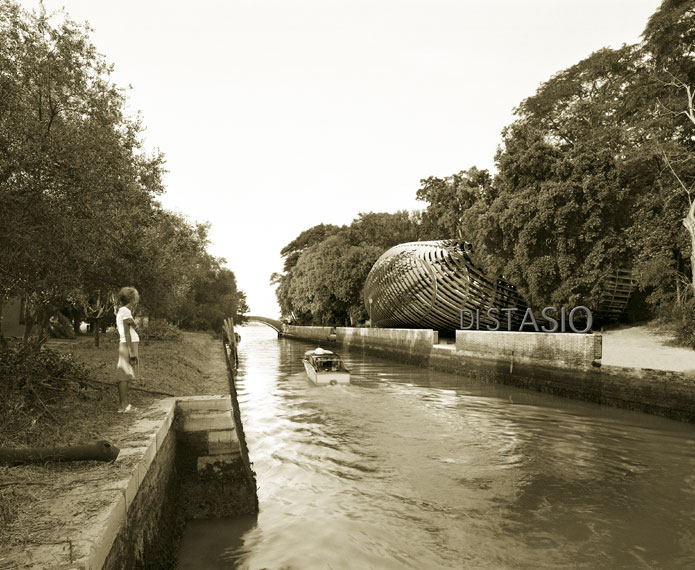
Opened in 1988, Australia’s Philip Cox designed pavilion in Venice was always intended as a temporary building, lacking permanence and a gravitas.
Not for the first time, attention was drawn to the need for a new building when restaurateur Rinaldo di Stasio mounted an unofficial design competition for a new pavilion in 2008 (coinciding with the 20th anniversary of his eponymous café). Of 450 designers who registered interest in the idea, 168 actually submitted a developed design – half of them were architects operating outside Australia.
Winner (Professional)
David Marchetti

A massive object that becomes ‘corroded’ little by little, obtaining a complex and articulated shape.
The original instrument comes from the detailed image of a Venetian gothic marble decoration: its composition and pattern generate a geometrical solution for the design.
The grid moves back and forth, disappears and enlarges. Its volume starts to be gently lightened and shaded following a quite elegant rhythm. Also the surrounding trees almost lie on the facades by molding their shadow upon the corners and the nooks of the facade.
People’s Choice (Professional)
Carr Design
Dappled shadows on the landscape. Light, trees, our neighbours and you are reflected to create a sense of wonder and exploration. The subtle shifting of the elements fracture the initial perception to reveal an artist on show at the Venice Biennale in the Australian Pavilion.
People’s Choice
(Pre-Professional)
Brahman Perera
Based on Issey Miyake’s sculptural fabric forms, highlighting folds and pleats, the Pavilion investigates a series of architectural forms from a single skin, which folds to create spaces and moments. The skin influenced the form and programming for the Pavilion, as well as the surrounding landscaping.
2010 Di Stasio Chardonnay
The aromas highlight an elegant yet complex chardonnay. Citrus fruits, nectarine and light mineral characters are integrated with beautifully balanced French oak. The palate combines concentration and depth with elegance and finesse. Flavours are layered and textural, and the finish shows the length and fresh acidity that is a hallmark of this lovely vineyard. Medium term cellaring will reward.
2011 Di Stasio Rosato
From Cold Stream Yarra Valley fruit this is a seriously good rosé. It’s savoury, almost meaty without a hint of sweetness or overblown fruit. I love its colour, almost orange, which reminds me of rosés I had in Languedoc-Roussillon. So far the only Australian rosé that made me sit up and take notice was Castagna’s Allegro; now there is another one. When you’re next eating at Di Stasio’s in Melbourne make sure you try this wine.
Franz Scheurer, Australian Gourmet Pages
2010 Di Stasio Pinor Noir
Bright and vibrant in the glass with intense aromas of dark cherry, plum and spice. The palate is medium bodied in style with beautiful balance and acid structure. Much like the Chardonnay this wine combines elegance with concentration. On the finish the tannins are soft with just enough grip. Medium term cellaring will see this wine develop more complexity.
